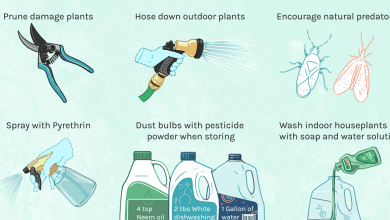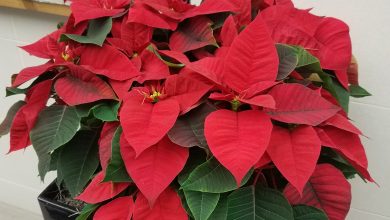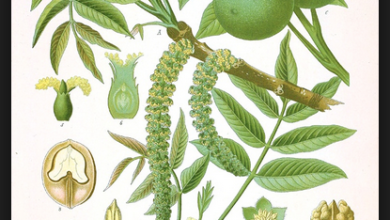How to Plant Grama Step by Step: [Guide + Images]
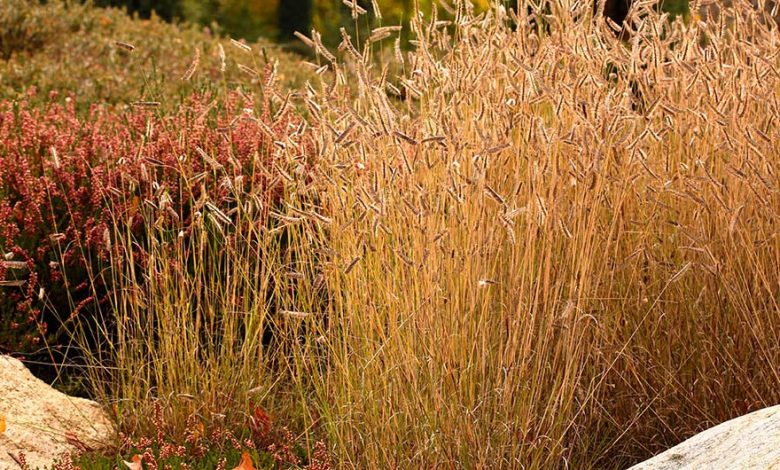
Did you knowthe grass (Cynodon dactylon)It is similar to grass, but it is much more resistant?
Of course there are important differences. But on many occasions it turns out
Green and beautiful gardens are an accessory that completely changes the appearance of any construction, however sometimes their maintenance can be expensive.
The good news is that you can do this job yourself by learning how to select, care for, and plant grass.
To get a beautiful outdoor space, you just have to follow the following steps that we tell you and you will getsow grass successfully.
Can you come with us?
Important Points when Sowing Grama:
- When? In early Autumn or early Spring.
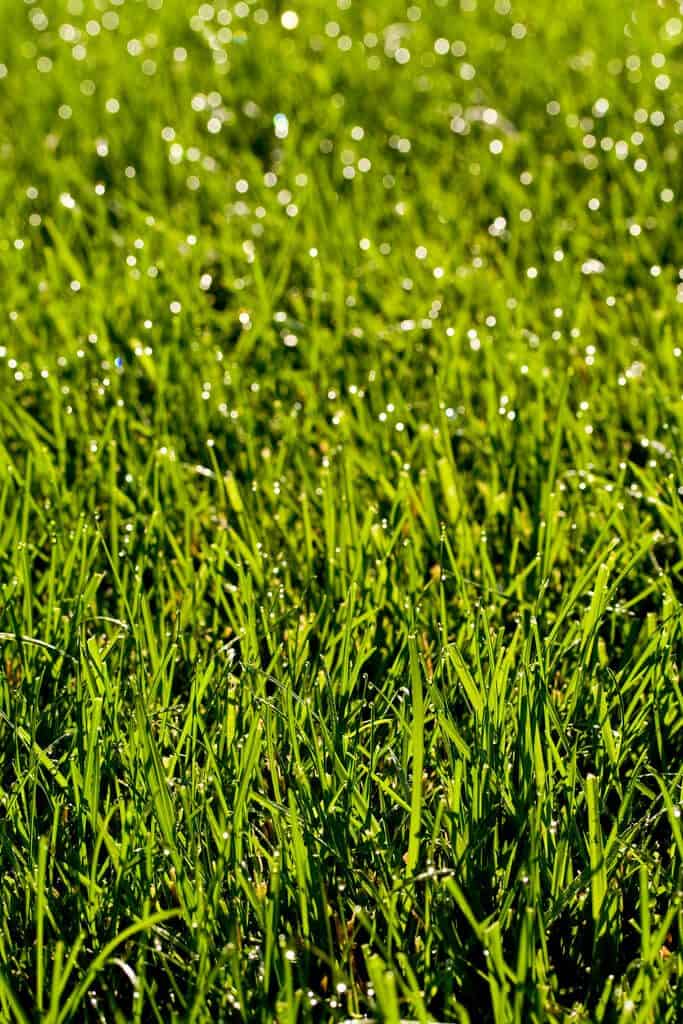
- What variety do we plant? The most resistant is usually the Japanese grass.
- Where do we sow? In moist soil, turned up (plowed) soil, which has sunlight most of the time.
- How do we prepare the ground? We pay with compost.
- How do we sow? Here step by step.
- How do we water? Ideal for spraying.
- Plagues and diseases? Brown spot, dollar spot, pithyum blight, gray leaf spot, nematodes, jelly fungi.
When to sow grass?
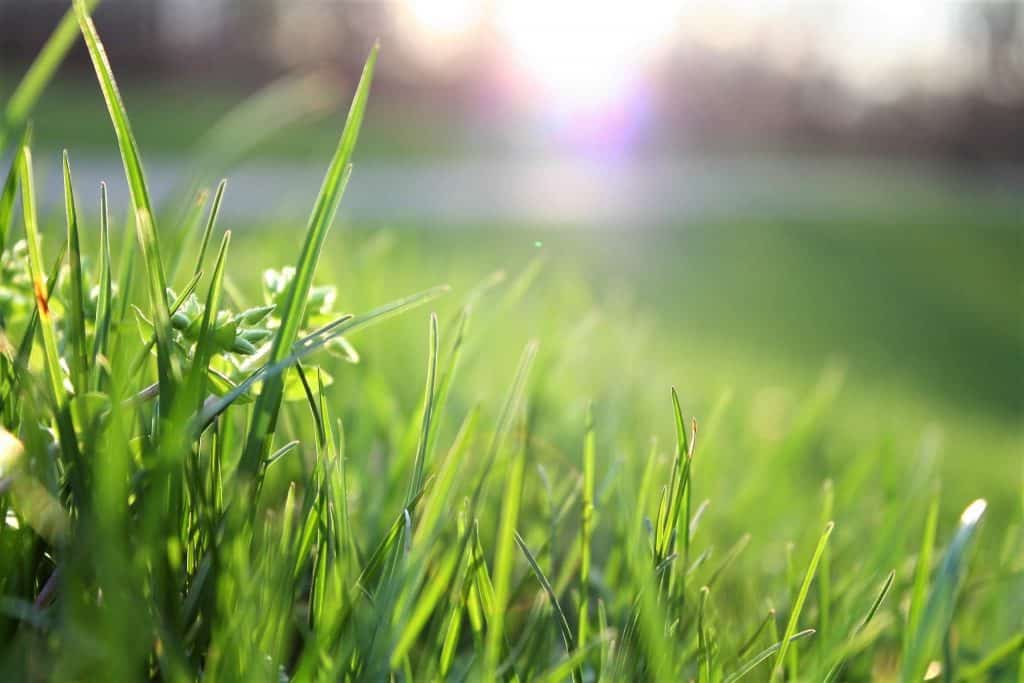 Not all times of the year are conducive to planting grass,summer and winter should be discardedbecause they are inclement seasons that will not allow your plants to progress.
Not all times of the year are conducive to planting grass,summer and winter should be discardedbecause they are inclement seasons that will not allow your plants to progress.
But the opposite happens with autumn and spring.
Experts assure thatearly fall is the best time of yearso that grass and other weeds (such as lawns) grow and spread faster due to the warm conditions of the land at that time when the hot summer has just ended.
After 15 days you will see excellent results.
Spring is also a good time, but it will take another week or two for the plants to grow.
Where to sow grass and what kind?
We want to sow grass ina place with good sun exposure. The grass needs sunlight.
Although it is much more resistant than grass, it will not withstand long periods of very cold temperatures (below 0º), nor frost.
Now that you know which are the best months of the year to plant grass, you must choosethe right kind of grassdepending on the maintenance you intend to provide or the use it will have.
zoysia grass
If it is for a garden that will not be stepped on, it will serveto zoysia grass.
Those who decide to plant this type of grass must be willing to spend many hours a week on maintenance, as it requires daily watering, mowing three times a week, eliminating weeds and watering it with herbicide to avoid bacterial infections.
Grass Centipede
centipede grass It is for those who are looking for an intermediate type since it needs a little maintenance but not as much as the zoysia. Its roots are not very deep and it is very pleasant to the touch.
Grass Petate
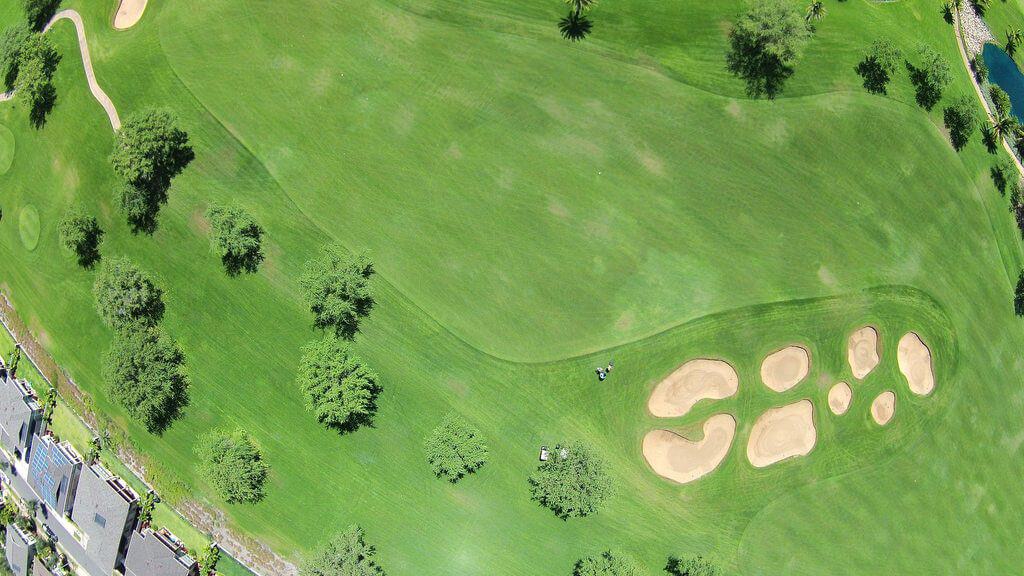 The grass grass petate On the contrary, it is for those who do not have so much time to dedicate to their garden.
The grass grass petate On the contrary, it is for those who do not have so much time to dedicate to their garden.
It spreads easily throughout the area and can grow in the shade.
japanese grass
The strongest of all isjapanese grasswhich is ideal for sports fields, kills weeds, withstands the harshest seasons and is low maintenance.
Grama San Agustin
But if you live in hot countries like South America or the Mediterranean the St. Augustine grassIt is a good option due to its resistance, although it is very rough to the touch, therefore it is more used in parks since it does not require as much maintenance.
How do I prepare the ground?
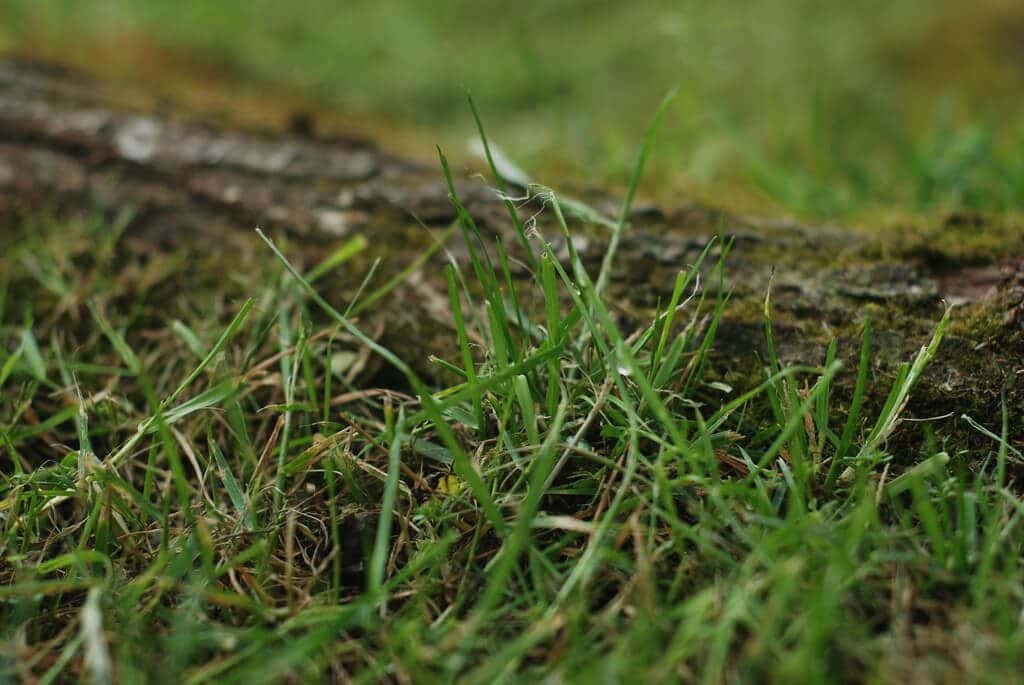 Already in the correct season of the year and being clear about the type of grass you want to plant, proceed to prepare the ground.
Already in the correct season of the year and being clear about the type of grass you want to plant, proceed to prepare the ground.
The first thing islook for some tool to plow all the landwhere the sowing will take place.
It is important to carry out this work when the soil has an adequate level of humidity, that is, it is not too dry, nor too humid so as not to damage its capacity to retain water and air.
Then remove all the weeds, the land should bereally free of this type of herbs.This work can be done by hand or with the use of a chemical or organic herbicide.
It is also important that the soil is nourished, especially if it is very clayey with materials such as: manure, compost, peat.
The use of sand in clay soils is not recommended.
It is important that you study the PH of your soil type.Very acid soils must be alkalinized, but if, on the contrary, it is very alkalinized, sulfur must be added to make it more acidic.
If necessary, they should add starter fertilizers to incorporate the required level of phosphorus (phosphoric acid), potassium and nitrogen to the soils.
These results can be known with the study of the soils.
Drainage is another important aspectin soil preparation, this can be achieved by leaving at least a 2% sag. You need to remove the elevations. If your possibilities allow it, install an underground irrigation system.
Finally, it would be ideal, although not essential,compact the ground.For this you can get a compactor.
How to sow grass step by step?
 Having done the previous work, it is time to start sowing.
Having done the previous work, it is time to start sowing.
There are two ways, the first is by seeds and the second by plates.
To plant the seeds it is necessary thatuse a manual seederand begin to place them evenly throughout the field.
Some suppliers indicate the number of seeds recommended per square meter, if these are exceeded they can rot.
The ideal could be some3-4 kg for every 100 square meters.
The sowing can be done by broadcasting or by hand spreading it all over the ground, although this method will not work if the seed is very small, when this is the case, the ground must be moistened a little so that the seed does not fly out.
If the area to be planted is very large, it is best to use the help of a seeder. Two passes are made, one lengthwise and one widthwise.
Once this procedure is done, a rake is passed to cover the seeds with soil. At this time it is also ideal to add a layer of substrate approximately 1-2 cm thick.
The thickness should not be greater than 0.60 centimeters in height. It is important to fertilize all the land. Then proceed to water once or twice a day, the soil must be moist without exceeding to achieve germination that can take up to 4 weeks depending on conditions.
The second option is to plant grass planks, these are pieces of grass that have already been germinated.
The previous preparation of the land is just as important so that this grass can progress. Once it is purchased, it should not take so long to plant it in order to avoid damage. The land must be watered at least one day before, to achieve an intermediate level of humidity.
The blocks must be placed in a parallel way like the bricks of a wall.
They must be spread all over the land, it does not matter if there are empty spaces between each block, because these will be filled as the grass grows. Avoid stepping on the planks while planting them. To finish, pass a roller so that everything is well settled. In a week or two the grass will have grown.
How do we water?
 The grass is already sown, now it has to be watered.
The grass is already sown, now it has to be watered.
Watering it too much can cause certain diseases,but not doing so also damages it.
If the grass is newly sown, it is necessary to pour water on it 2 to 3 times a day, this should be added in the form of rain (aspersion).
Once the grass reaches at least 2 centimeters in height, the number of times it is watered should be reduced, but adding more abundance of water so that it reaches greater depth.
When it has reached the ideal size, the grass itself will tell you when it needs water, if the tone turns dull green and the footprints are marked, irrigation will be necessary. Avoid doing it in very hot hours such as those that occur between 11:00 am and 3:00 pm.
If you live in a cold climate, the ideal is to water between 8:00 am and 10:00 am.
If you prefer to do it in the afternoon, try to do it between 4:00 pm and 7:00 pm to avoid the proliferation of fungi.
But if you live in a hot climate, watering at night is effective. In this way you will increase the efficiency of water consumption and avoid water evaporation.
When the grass has been cut, the frequency will be decreased, but the depth will be increased to help the roots grow.
Diseases and pests that affect the grass
When all the work is done, you have to be careful with external elements that can damage the grass, such as diseases and pests.
The Brown Spot
It is one of them, its symptoms are the spots that appear on the leaves that cause burning or rot. TheseThey are caused by excess moisture.
The Dollar Stain
It usually causes color changes similar to those of the Brown Spot, its cause is drought, prolonged humidity in the leaves and low nitrogen levels. This fungus causes wilting of the tips of the leaves.
Pythium burn
Excessive rain causes this disease that usually manifests itself with olive-green spots.
If left untreated it can cause the grass to die back quickly. Helminthosporium Leaf Spots are caused by low potassium levels, prolonged wetness, and low nitrogen levels. Symptoms are dark spots near the crown of the grass.
Gray Leaf Spot
This disease is caused by high humidity, high temperatures, and high levels of nitrogen. It is characterized by the appearance of small brown spots that affect the leaves, withering and dying.
The Fairy Ring grows in humid climates and high temperatures, but also in cool and humid climates.
Take-all or Gaeumannomyces root rot
It appears more in sandy and poorly fertile soils and is accentuated if there is excess moisture until the roots rot.
Rust produces symptoms that turn the leaves yellow, this disease usually appears in early spring or the first half of summer.
nematodes
They produce wilting and do not have a specific condition to appear, although it is usually in extreme drought.
Jelly Mushrooms
Finally, the Gelatinous Fungi that attack in humid and rainy climates, these can be removed with garden tools or with strong irrigation.
But these diseases are not the only ones that can attack the grass since there are also pests such as ants, crickets, snails, worms, mealybugs, scorpions, earthworms and even dogs and cats that can damage the grass.

